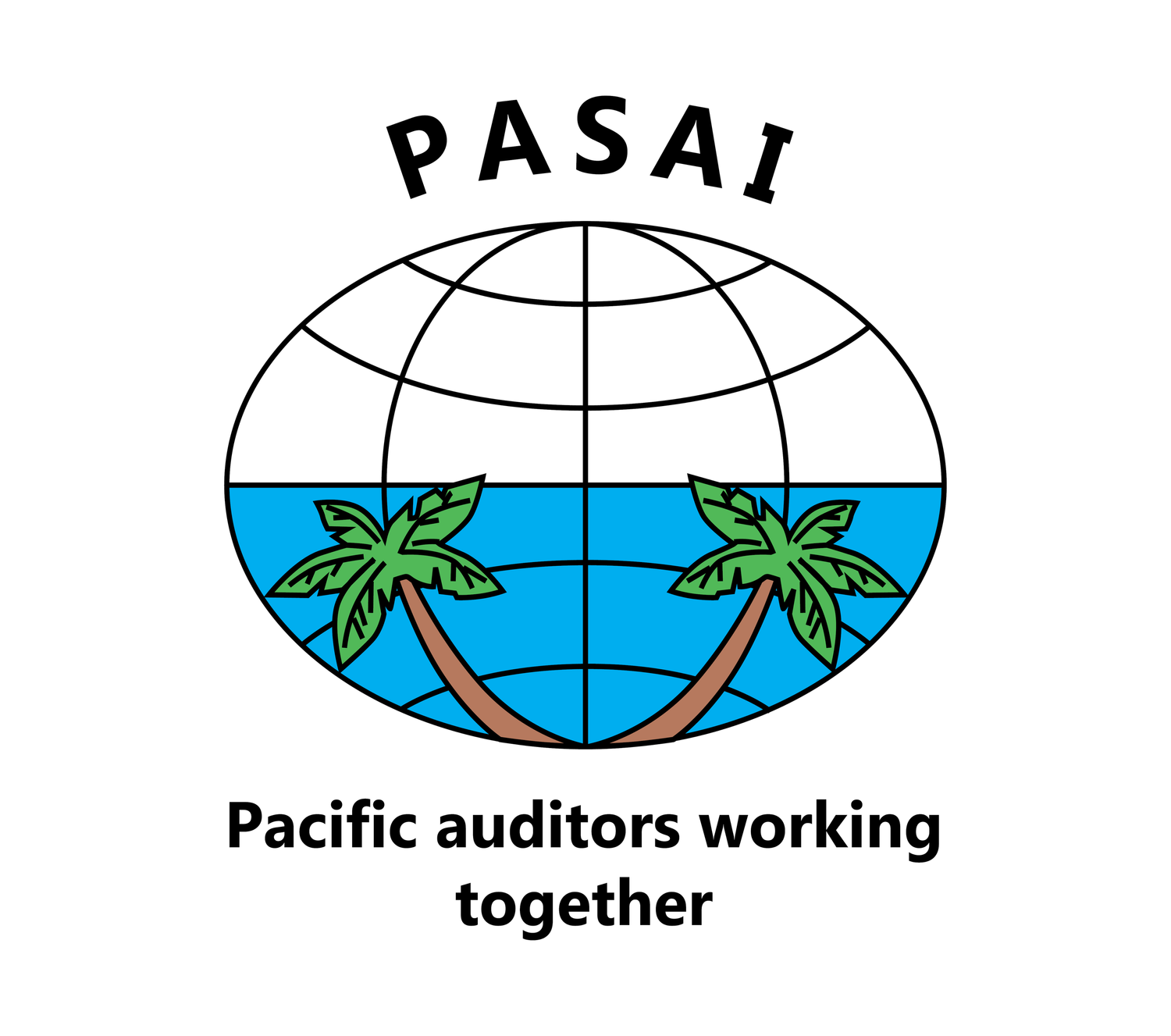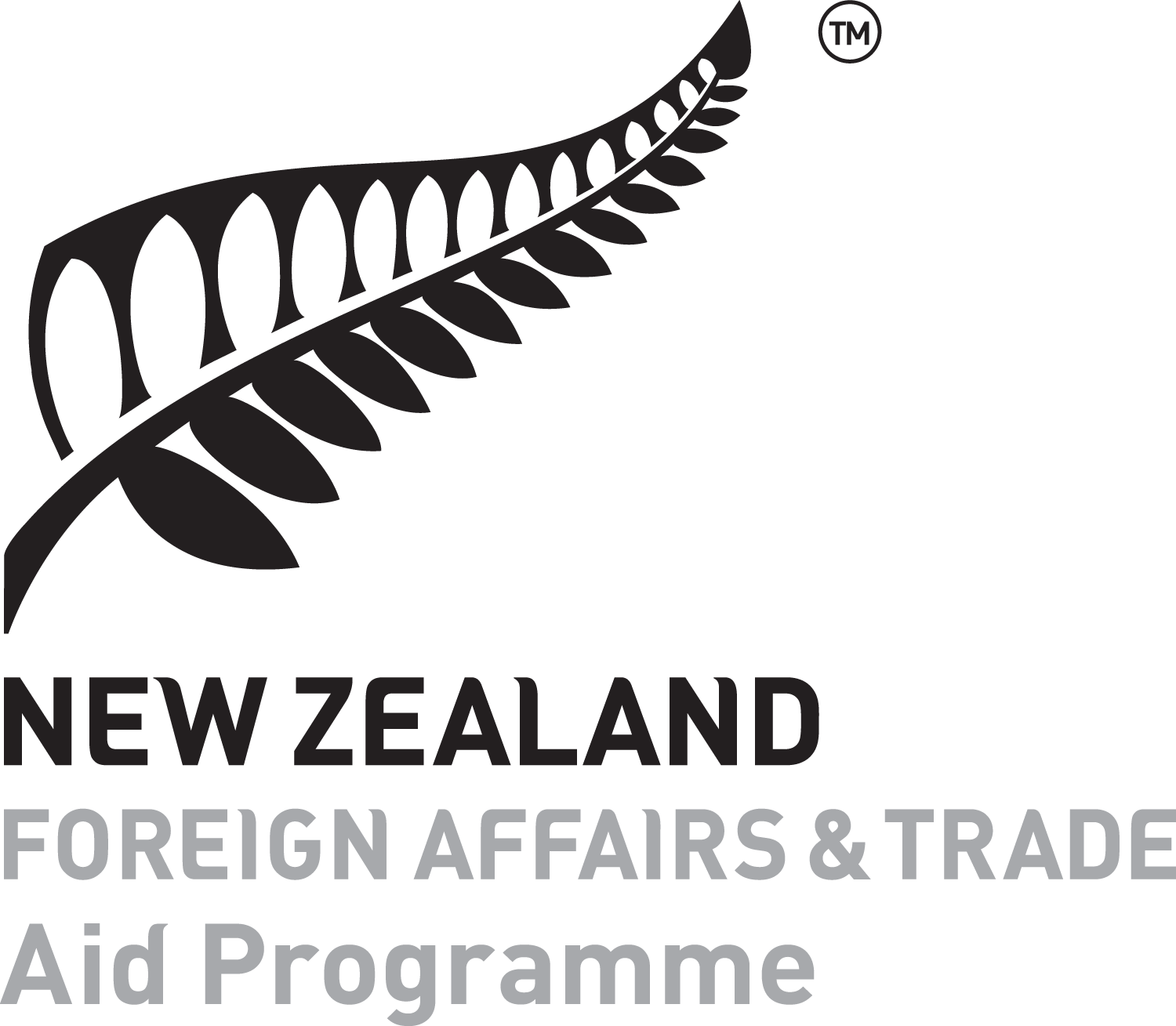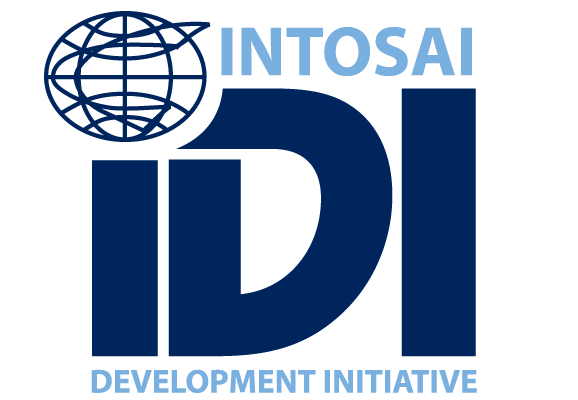For this article and more from IPSAS, you can go to their website https://www.ipsasb.org/
How future auditors will use data analytics
The auditor of the future will use data analytics to check data of much larger sets of information from a wide variety of agencies, according to Ben Jiang, Director - Data Analytics in the Victorian Auditor-General’s Office (VAGO).
“It once would have been impossible to analyse all of the transactions of a large agency,” Jiang told CPA Congress in October 2018.
“The traditional approach of sampling was necessary in its time but now the volume of transactions is so high that analytics technology has to be the way to go.”
A major advantage of analytics is that the contributing agencies can provide data in almost any format. Clients lodge their data, usually monthly, through a secure portal.
Algorithms for data analysis
Jiang’s team has written a series of algorithms to transform the material into a common format for analysis, as well as run checks for completeness. The aim of the algorithms is to streamline processes that were formerly done manually.
The result is a dashboard of aggregated, summarised data relating to each contributing agency. This allows auditors to easily access information and drill down as they need to. The common format allows for easier extraction of data, and also the checking of anomalies and outliers. The analytics program can create “red flags” to draw a matter to an auditor’s attention.
Related: Using data analytics to deliver distinctive experiences to your accounting clients
In the VAGO, the system is still in its development phase. The dashboard system will be used in conjunction with traditional auditing methods for a complete audit cycle. The two methods will then be compared and assessed, and any problems with the analytics methods will be identified and addressed.
The first wave of clients involves 35 agencies across the range of government entities, which includes departments, universities, councils and others. Second and third waves are planned, with improvements to the system being made as more experience is gained.
Auditors’ focus on risk
“The aim is to free auditors from mechanical tasks so they can concentrate on what they really need – and want – to do, which is auditing,” Jiang says.
“They can focus in on areas of risk that the analytics have flagged, such as classes of transactions. Ultimately, it will allow for better performance benchmarking and resource use as well as auditing oversight.”
To get the most from the analytics system and the dashboards, additional staff training will be needed. While auditors are generally very pleased with the prospect of not having to perform routine data collection, processing and checking, the new system requires some new skills and a different mindset.
Data analytics requires a large amount of computer processing power, so this led to a rethinking of the IT system at VAGO. Safeguards also had to be built into the IT changes to ensure data security.
Jiang notes that the software packages used to design and operate the new system are Microsoft SQL Server, Qlik Sense and Python.
“We are aware that we are writing the rulebook rather than working through an existing one,” he says.
“Especially in relation to performance auditing, I think we are just scratching the surface. And we take the view that analytics is meant to supplement and improve auditing. Analytics is the first post of auditing, and then human experience, insight and judgement take over.”
IPSASB ISSUES REVISED CASH BASIS IPSAS
Making Sense of Materiality
25 September 2017
Source: IFAC website www.ifac.org
by Hans Hoogervorst, Chairman, International Accounting Standards Board
Transparency and Beyond: Harnessing the Power of Accrual in Managing Public Finances
6 March 2017
IMF Headquarters, Washington DC
Organised by: International Monetary Fund, World Bank Group, International Public Sector Accounting Standards Board (IPSASB)
Supported by: CIPFA and Public Finance International
In March 2017, a range of senior global stakeholders came together at a special seminar to discuss how accrual-based information can be used to help strengthen public financial management around the world.
Featured topics included:
• The OECD report on accrual accounting and budgeting in the public sector;
• Use of balance sheet to manage fiscal risks;
• Accrual accounting and government finance statistics;
• Capital markets – increasing use of government financial reports; and
• Taking a whole system approach to PFM reforms
Speakers included:
Ian Carruthers, chair of IPSASB
Ed Olowo-Okere, director, governance, World Bank
Fergus McCormick, chief economist, co-head of sovereign ratings, Global Sovereign Ratings, DBRS Inc.
Juan Pablo Guerrero, network director of the Global Initiative for Fiscal Transparency
Gabriel Quiros, deputy director of the statistics department, IMF
Fayezul Choudhury, IFAC CEO
Rob Whiteman, chief executive, CIPFA
PF International produced a series of short video interviews with a selection of key participants, which can be viewed HERE.
Navigating Principles-based Standards in Financial Reporting
Strong PFM Requires End-to-end Financial Literacy
by Dr Susanna Di Feliciantonio, Head of EU Public Affairs, ICAEW | March 16, 2017 |
Political and constitutional systems vary markedly across the EU; so too do public financial management (PFM) structures. The common thread is the need to ensure effective democratic accountability and encourage greater public transparency.
These issues are at the center of the Institute of Chartered Accountants of England and Wales’ latest report, Public Finances in Practice, based on the insights of senior professionals working at the heart of public finance functions in 10 EU member states and EU institutions.
Effective PFM goes hand in hand with a strong system of accountability. As our respondents make clear, this needs to be underpinned by increasingly specialized financial knowledge. If taxpayers’ money is to be spent efficiently, politicians, ministers, and officials across public administration need to share a common language for PFM. This must include an understanding of the cause and effect relationships between policy decisions, costs, and the build-up of future liabilities.
Across Europe, a lack the time and limited financial expertise hinders parliamentarians’ ability to interpret financial data and use such information to inform policy-making and evaluate public sector spending in detail. Programs to improve financial understanding need to be urgently prioritized. As pointed out by several of our respondents, politicians often tend to argue for additional funds rather than focus on ensuring that allocated funds are spent efficiently. Parliamentary debate on the annual budget is certainly important—but so too is scrutiny of how the budget is actually spent.
Increasing, politicians’ and officials’ financial knowledge would empower informed policy-making, facilitating difficult investment and spending decisions. This also means looking at the accessibility as well as the availability of financial data. More data is not necessarily better data. Providing clear, searchable databases that relate to key areas of spending is more likely to enable genuine scrutiny rather than simply publishing volumes of public spending data. After all, the people who rely on this information to make important decisions are generally not finance professionals.
It is incumbent on public finance professionals—who are core to the system—to explore innovative ways to present public financial information in a more intelligible way. Clearly, high-quality and timely financial information is needed. For some, this will require further work to ensure consistency and consolidation (especially in countries not yet using accruals-based accounting standards). But it also means using available data to improve decision making, for instance, through more cost-benefit analyses, better forecasting, or value-for-money assessments. Some are already moving toward performance-based budgeting. Looking further ahead, governments need to think about how to present a real-time picture of their overall financial position. Doing so would enable both finance and non-finance decision makers to see the bigger picture and focus on the areas requiring active financial management. It would enhance the policy-making process, from inception to implementation.
Public finance professionals need to help governments put in place best-in-class finance functions. It is important, therefore, that issues to do with their recruitment, training, and retention are tackled to avoid worsening skills shortages. This issue is at the forefront of our respondents’ concerns. This may require more investment in training and rewards to bring them more in line with that on offer in the private sector. Equally, it may mean looking at more flexible working options or improved use of technology. Employment policies will need to adapt. We believe, for instance, that it should become normal for finance professionals to move in and out of public administration throughout their careers.
How governments manage their public finances matters to us all. Public finance professionals play a crucial role, making certain that governments can meet their current and future obligations while managing short-, medium-, and long-term risk. PFM improvement cannot be achieved without them. But public finance professionals cannot build a strong PFM culture without support. All the other players in the system—including politicians, ministers, public officials, media, and citizens—need to step up too. Ensuring they have the financial skills to do so is a key starting point.
Dr Susanna Di Feliciantonio is Head of EU Public Affairs, based in the ICAEW Europe Region Office (Brussels). She is responsible for positioning ICAEW as an authoritative commentator within the European public policy arena, focusing on areas of interest to the accountancy profession, including public financial management.
IPSASB issues new standard on accounting for public sector amalgamations
By: Emma Rumney
Source: publicfinanceinternational.org/news
International accounting requirements addressing how to account for the combination of entities or operations in the public sector have been developed for the first time.












